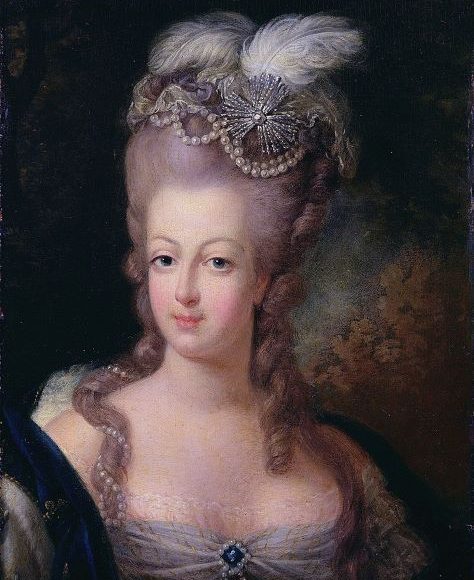Nine months after the execution of her husband, the former King Louis XVI of France, Marie Antoinette followed him to the guillotine on this day in 1793.
The daughter of the Holy Roman Emperor Francis I, she married Louis in 1770 to strengthen the French-Austrian alliance. As queen, Marie Antoinette became increasingly unpopular among the people; the French libelles accused her of being profligate, promiscuous, having illegitimate children, and harbouring sympathies for France’s perceived enemies, including her native Austria. She was falsely accused of defrauding the Crown’s jewellers in the Affair of the Diamond Necklace, but the accusations damaged her reputation further. During the French Revolution, she became known as Madame Déficit because the country’s financial crisis was blamed on her lavish spending and her opposition to social and financial reforms proposed by Anne Robert Jacques Turgot and Jacques Necker.
Several events were linked to Marie Antoinette during the Revolution after the government placed the royal family under house arrest in the Tuileries Palace in October 1789. The June 1791 attempted flight to Varennes and her role in the War of the First Coalition were immensely damaging to her image among French citizens. On August 10, 1792, the attack on the Tuileries forced the royal family to take refuge at the Assembly, and they were imprisoned in the Temple Prison on August 13, 1792. On September 21, 1792, France was declared a republic and the monarchy was abolished. Louis XVI was executed by guillotine on January 21, 1793. Marie Antoinette’s trial began on October 14, 1793; two days later, she was convicted by the Revolutionary Tribunal of high treason and executed by beheading by guillotine at the Place de la Révolution.
-ENCL



Comments are closed, but trackbacks and pingbacks are open.